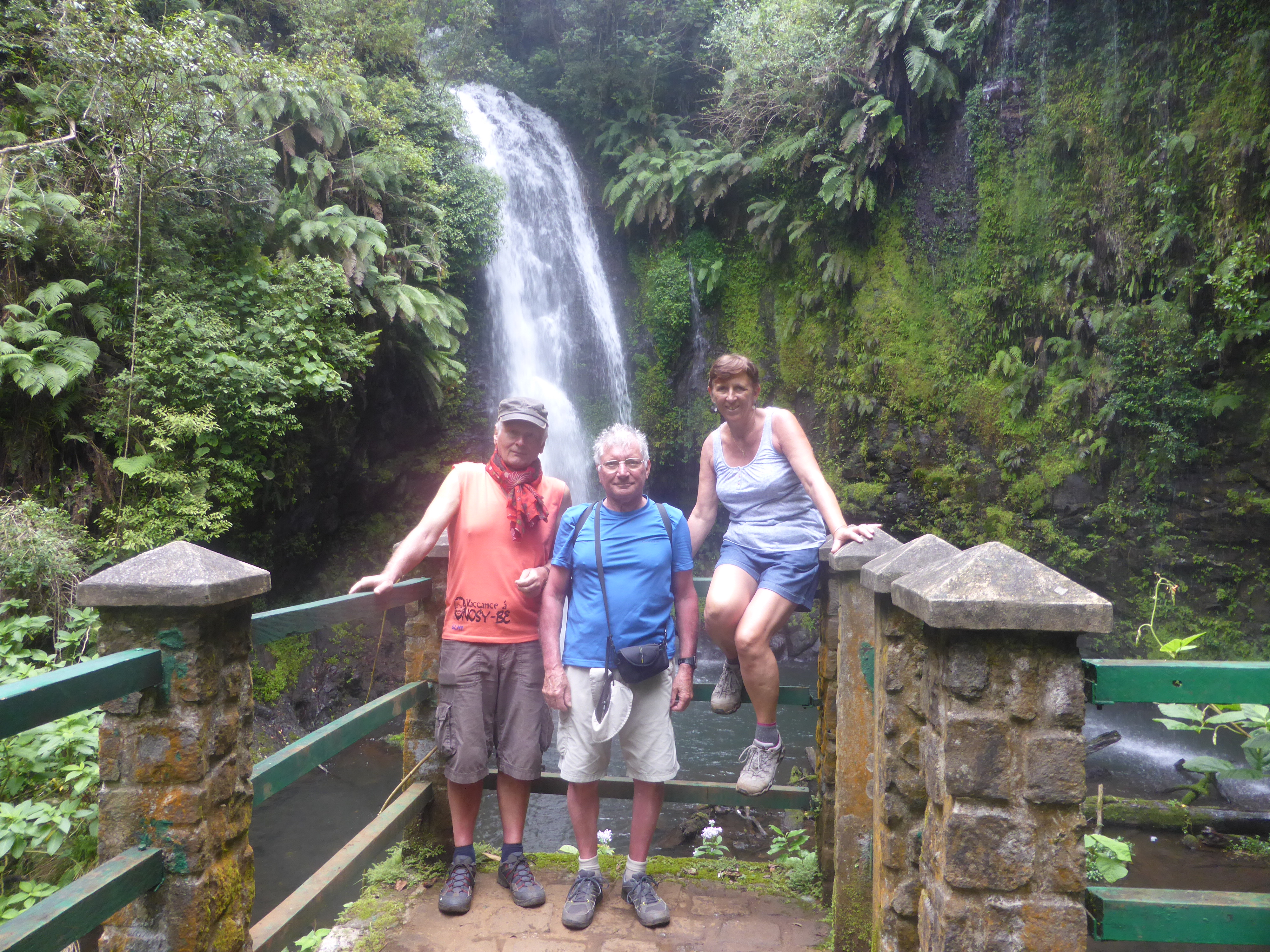WHAT YOU NEED TO KNOW ABOUT MADAGASCAR
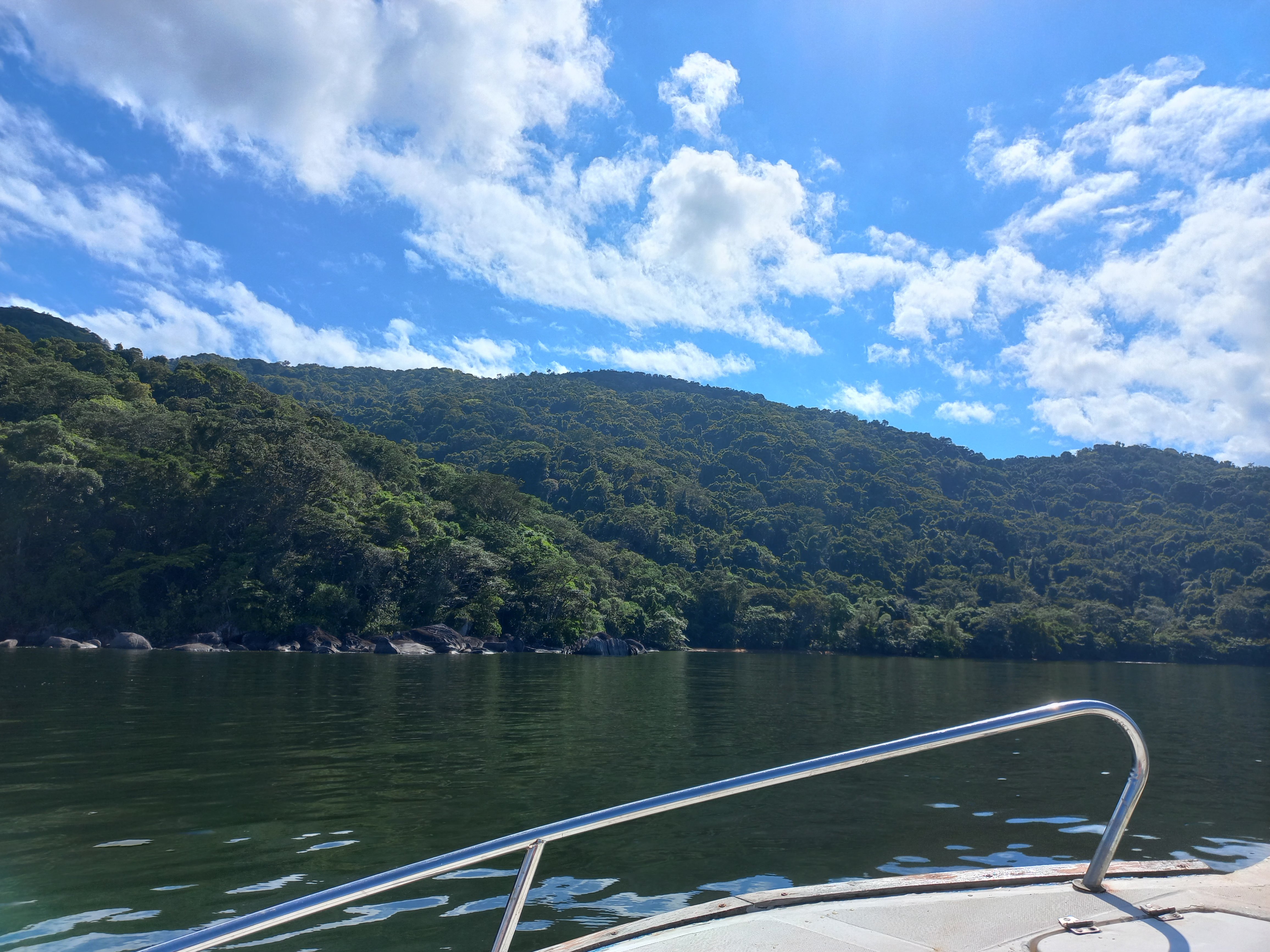
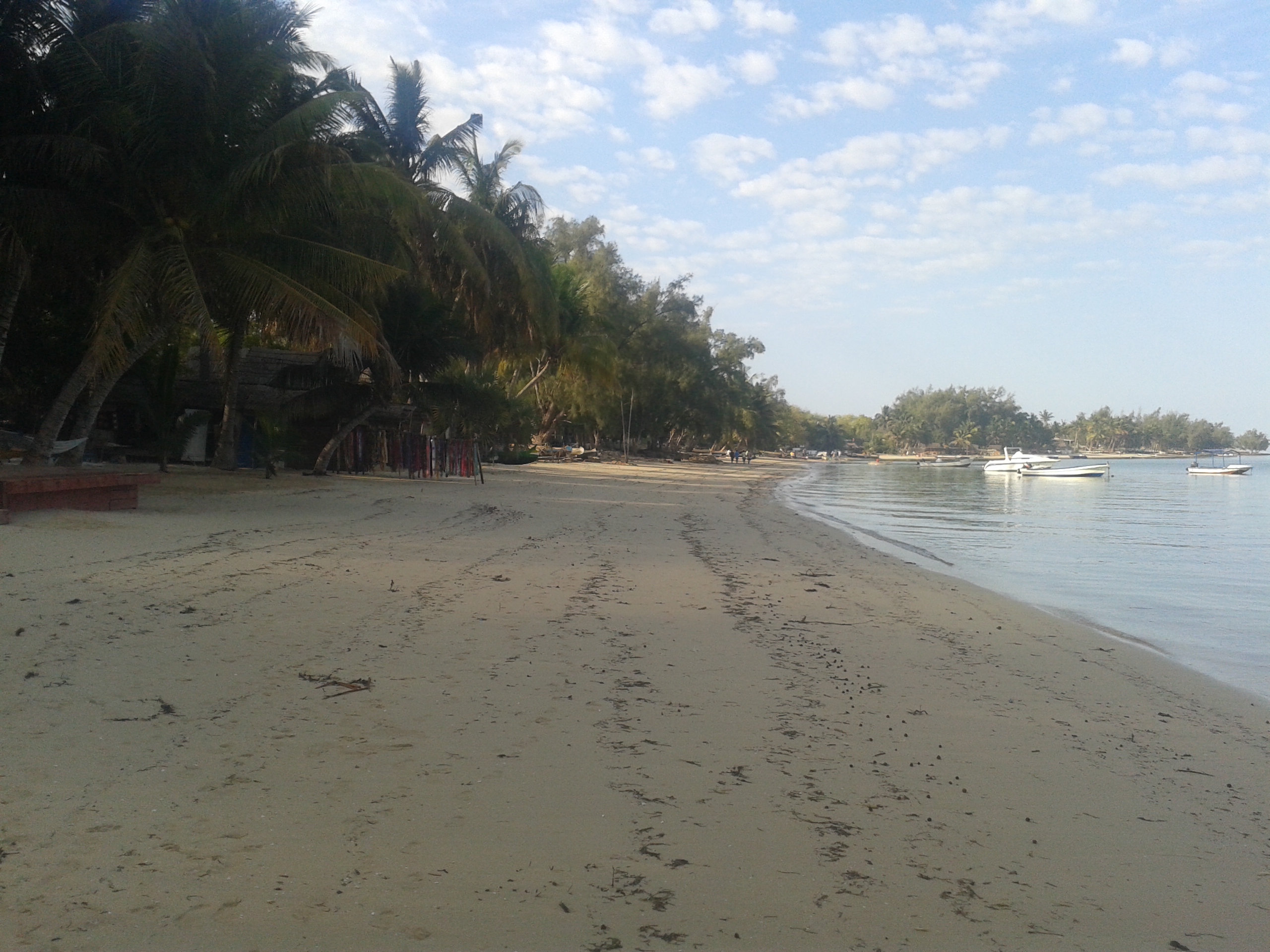
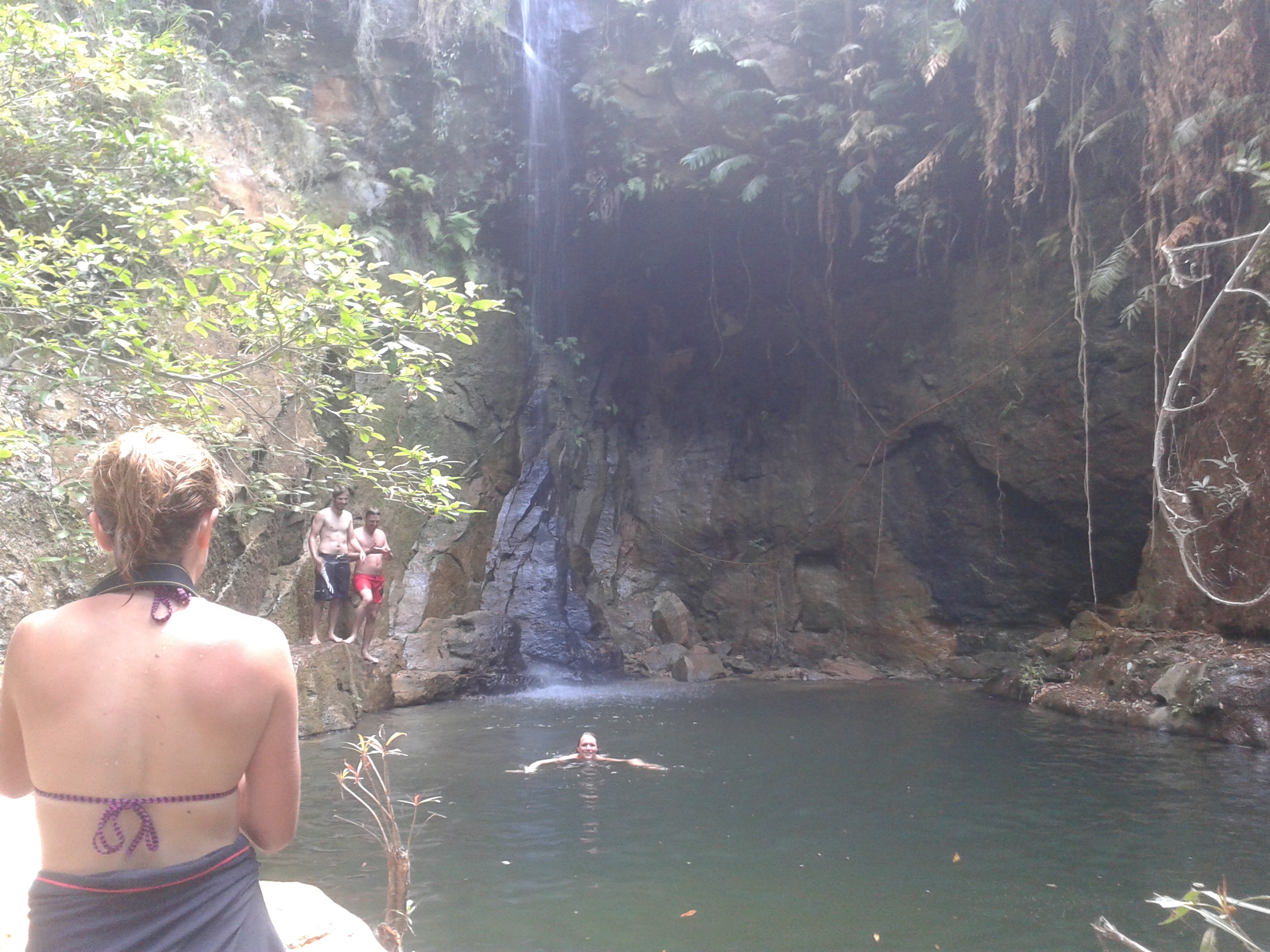
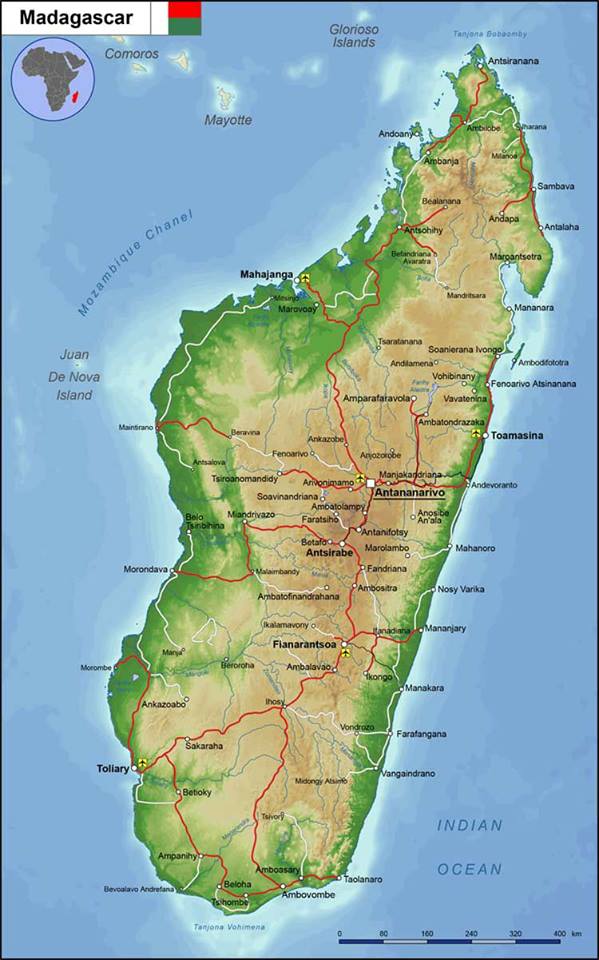
Madagascar is a fascinating island nation located off the southeastern coast of Africa in the Indian Ocean. It is known for its unique biodiversity, rich history, and diverse culture. Here's an overview:
1. History of Madagascar:
Early Settlers: The earliest settlers of Madagascar are believed to have arrived around 2000-3000 years ago from Southeast Asia, specifically the Indonesian archipelago. African settlers followed later.
Formation of Kingdoms: By the 9th century, various kingdoms began to form on the island, most notably the Merina Kingdom in the central highlands.
European Contact: Europeans first made contact in the early 16th century. The island became a crucial stop for trade routes.
Colonial Era: In the late 19th century, Madagascar became a French colony. It remained under French control until 1960, when it gained independence.
Post-Independence: Since independence, Madagascar has experienced periods of political instability, coups, and efforts to establish democracy. Today, it is a semi-presidential representative democratic republic.
2. Biodiversity of Madagascar:
Unique Ecosystem: Madagascar is often referred to as the "eighth continent" due to its distinct ecosystems. Over 90% of its wildlife is found nowhere else on Earth.
Flora: The island is home to over 12,000 plant species, 70-80% of which are endemic. Baobabs, orchids, and the Madagascar periwinkle are notable examples.
Fauna: Madagascar is famous for its lemurs, with over 100 species and subspecies. Other unique animals include the fossa (a carnivorous mammal), chameleons, tenrecs, and numerous bird species.
Conservation Challenges: Deforestation, climate change, and illegal wildlife trade are significant threats to Madagascar's biodiversity. Efforts are being made to protect its unique flora and fauna through national parks and international conservation initiatives.
3. Culture and Society:
Ethnic Diversity: Madagascar's population is a blend of Southeast Asian, African, and Arab influences, resulting in a rich cultural mosaic.
Languages: Malagasy is the national language, with various dialects spoken across the island. French is also widely spoken due to its colonial history.
Traditions and Beliefs: The Malagasy people practice a variety of customs, including ancestor worship and unique burial traditions. The "famadihana" (turning of the bones) ceremony is one of the most famous.
Music and Dance: Music and dance are integral parts of Malagasy culture, featuring traditional instruments like the valiha and marovany.
4. Geography and Climate:
Geography: Madagascar is the fourth largest island in the world, featuring diverse landscapes, including rainforests, dry deciduous forests, deserts, and highlands.
Climate: The climate varies from tropical along the coast to temperate inland and arid in the south. The island experiences a hot, rainy season from November to April and a cooler, dry season from May to October.
5. Tourism:
Natural Attractions: Madagascar's unique wildlife and landscapes make it a popular destination for ecotourism. Major attractions include the Avenue of the Baobabs, Isalo National Park, Andasibe-Mantadia National Park, and Nosy Be Island.
Adventure and Activities: Visitors can enjoy trekking, snorkeling, diving, wildlife watching, and exploring cultural sites.
Madagascar's combination of unique biodiversity, rich history, and cultural diversity makes it a unique destination worth exploring.
“Sometimes you will never know the value of a moment until it becomes memory.”
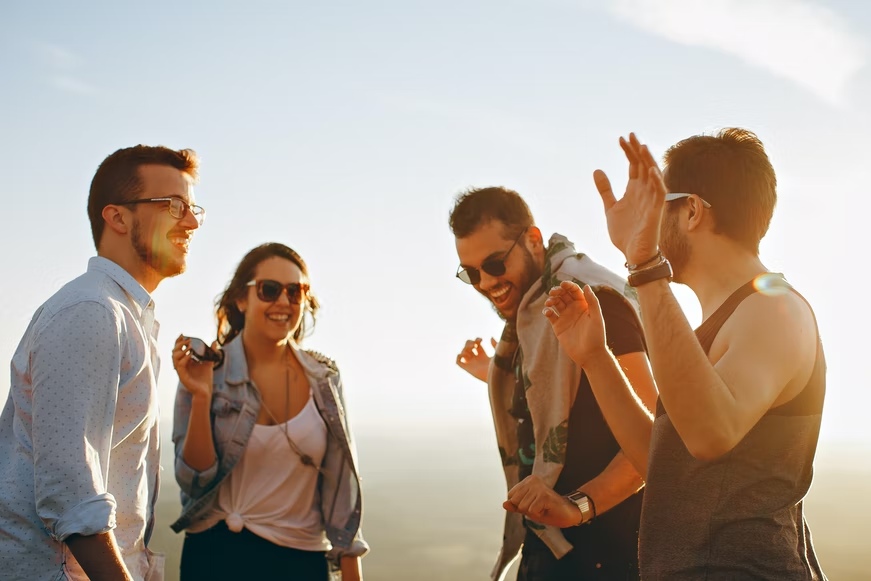
WHAT TO BRING
1. Clothing
- Light, breathable clothing: Temperatures can be high, so wear comfortable, moisture-wicking clothes.
- Long sleeves and pants: Protects from sunburn, scratches, and insects while hiking.
- Sturdy hiking shoes: The jagged limestone formations are sharp, so strong shoes with good grip are essential.
- Hat and sunglasses: For sun protection.
- Rain jacket or poncho: Depending on the season, rains can occur, so it's good to be prepared.
2. Equipment
- Gloves: Some areas in the Tsingy require climbing or using your hands for support. Gloves will protect your hands from the sharp rocks.
- Backpack: A small, lightweight backpack for carrying essentials such as water, snacks, and personal items.
- Water bottle: Staying hydrated is crucial, as it can get hot during the hikes. Bring at least 1.5 to 2 liters per person.
- Headlamp or flashlight: Some sections of the Tsingy include caves or shaded areas where extra light might be useful.
3. Health & Safety
- Sunscreen: The sun can be intense, so apply high-SPF sunscreen frequently.
- Insect repellent: Protect yourself from mosquitoes and other insects, especially if you're visiting during the wet season.
- First aid kit: Bring basic supplies like band-aids, disinfectants, and painkillers for minor injuries or discomfort.
4. Other Essentials
- Camera: The Tsingy landscapes are stunning and unique, so you’ll want to capture the experience.
- Binoculars: Great for birdwatching and spotting wildlife.
- Snacks: Energy bars or light snacks for refueling during the hike.

